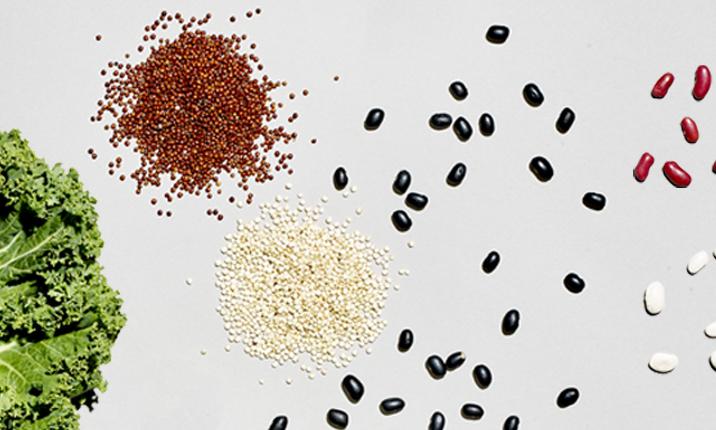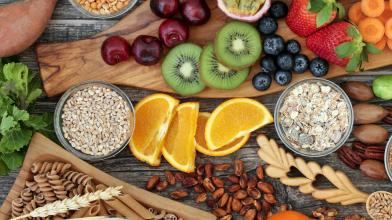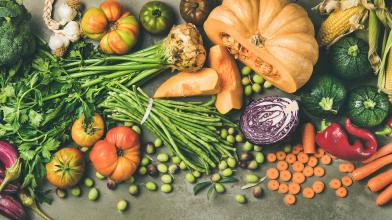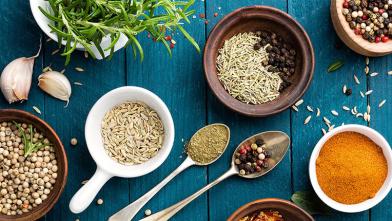Are you looking to eat more plant-based meals and reduce the amount of red meat in your diet? Research continues to show that people who regularly eat red or processed meat are at an increased risk of heart disease, stroke and type 2 diabetes. Additionally, red meat can be expensive at the grocery store.
Reducing red meat intake has many benefits, including protecting your heart and overall health and lowering your spending. Read on to learn how you can take the focus away from red meat and let plants shine.
How to Scale Back on Red Meat
Instead of giving up red meat all at once, how about starting slow with small steps? There are a few approaches you can take, such as:
- Limit your meals with red meat to two or three times a week.
- Switch to small portions (2–4 ounces) of lean cuts, like sirloin and flank.
- Revise how you approach including (any) meat in your meals. Instead of centering dinner around a plate of broiled beef ribs or a steak, use meat as a flavoring in other dishes that are more plant forward. Following the guidelines of the Diabetes Plate can also help you reduce the amount since it only calls for one-quarter of your meal to include a lean protein.
How to Make More Plant-Forward Meals
Here are some ways to reinvent dishes that focus on ingredients other than red meat:
- Reduce the amount of red meat called for in a recipe. Soups, stews, salads, stir frying, and casseroles can be flexible with the amount of meat used. Use half of the recommended amount and balance the rest with tofu, plant-based meats, beans, whole grains, or more hearty vegetables like mushrooms.
- Substitute red meat with turkey or chicken. Do you love meatloaf or chili? Use lean ground turkey or chicken and add chopped mushrooms to increase that meaty texture. For stews or soups that call for red meat, add chopped pieces of poultry instead. Or try a plant based sloppy joe recipe.
- Eat beans in place of red meat. They’re filled with fiber, are a good source of protein, and can add the heartiness we like in chili or stews. Many bean dishes are delicious cooked as a main course with vegetables.
- Eat high-protein grains like quinoa, teff, wild rice, and buckwheat. They can be the base of a grain bowl to which you can add leftovers, seafood, or roasted vegetables along with a delicious sauce.
- Give tofu a chance. Its neutral flavor means it takes on any spices, herbs, or sauces you cook it with. Tofu comes in several firmness types, from being so soft it can replace dairy in mousse to extra firm and ready to broil, air fry, or grill. Add bite-size pieces to soups or stews.
- Try plant-based “meats” derived from mushroom root as a main dish or add this plant protein to stir fries, grain bowls, or stews.
- Add mushrooms to dishes. Thick slices of shitake mushrooms have both a great meaty mouthfeel and an umami, meat-like flavor. They’re perfect for stir fry, soups, bowls, and stews.
- Get inspired through other plant-based recipes. Pick up cookbooks that refocus recipes to be meatless or vegetarian.
Ready to start your plant- based cooking adventure? Be sure to check out all the recipes on Diabetes Food Hub and create an account so you can save plant-based recipes to try later. You can even create and print a grocery list to bring with you to the grocery store!














